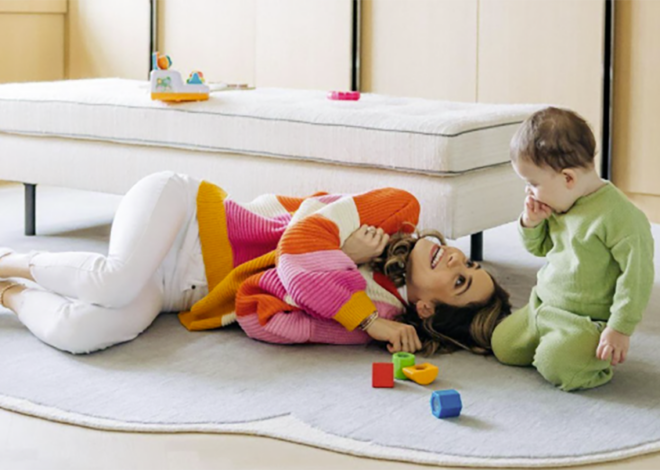 When you should change your child’s school approach?
When you should change your child’s school approach?
Let’s say you have your child with autism in a typical class, with or without an aide, and you support her in-school program with some form of “matching” program at home. Matching means that your child’s behavior at school is linked with something you have at home. Typically, this is a reward system of some kind. A good day equals some type of reward.
What do we do if our approach is no longer working?
For our child, we used an at-home earnings chart for several years beginning in kindergarten. The chart was directly linked to how our son behaved at school.
Here’s how it worked:
We provided our child’s aide with a communication log. In it, we had daily goals for our child. Our child’s aide was asked to complete one sheet per day to help us determine if our child met some or all of his daily goals.
For example, one goal would be helping our child learn how to raise his hand in class. If our child had raised his hand to ask a question instead of yelling out the question, then he earned a check mark in that particular time slot.
If he earned enough check marks, he would earn “stickers” at the end of the day.
At home, if he earned “stickers,” then he would earn his daily chart item.
The bottom line was that the communication log was linked to our at-home chart. It helped us learn, on a daily basis, if our child was meeting his goals at school. This was our school approach to help improve our child’s behavior.
Then came fourth grade when we realized that we had to ditch the system that had worked so well for four years.
What did we do?
The beginning of fourth grade was very difficult for our child. By the third week, we began to work very hard with the aide and the teacher to try to find ways to help with our child’s school behavior. It seemed as if everyday some new negative behavior would rear its ugly head. He was struggling, as was the aide, the teacher, and the class.
The negative behaviors seemed to be endless…
First, we had to ditch the stickers because our child began talking about them – a lot.
Second, it finally became evident that we had to ditch the communication log because our child became obsessed with the log itself. We switched to having the aide send us a daily email report.
Third, our child became obsessed with the computer the aide used to send her email.
And there were other problems. All of these problems led to changes at school and at home.
Why did we need to change?
Because things weren’t working.
We tried to adapt what had worked for four years, but then we simply had to ditch it and start again. We had to find a workable solution. Our child needed help as did the school.
Here’s another example of what was happening:
Our child was (and still is) obsessed with using his computer. What was happening was if he had had a bad day on “computer day,” he would be useless for the rest of the school day. Once he lost his computer at school due to bad behavior, he simply couldn’t shut off the fact that he couldn’t have his computer after school. He would whine, argue, and tantrum.
We had to get his mind off of what he wasn’t going to earn – because, as soon as our child lost out on something – like his precious computer time – he was useless for the rest of the day.
Therefore, we had to change our school approach. We ditched the communication log, the daily goal sheet, and the stickers. We ditched the idea that our child would earn one item per day. And, we gave him computer time every single day.
Why?
Because we came to realize that our child was having anxiety over things like his computer time. This anxiety was leading to other problems. We had to help our child relax at school so he could focus, learn, and even have some fun.
We admitted defeat, tried new things, and adapted. We changed our approach.
I am proud to announce that since November, things have been much improved at school. The teacher, aide, speech therapist, and principal all agree that our new school approach is working.
Not that little things don’t happen, they do. But, who doesn’t have a bad day or a hard time during one class or a bad moment or two every once in a while?
For our child’s sake, changes had to be made. We worked hard and made those changes. And, so far, the results have been positive. So, don’t be afraid of change. Sometimes, change is exactly what is needed.
To Find Kimberly Kaplan:
www.kimberlykaplan.com
www.smashwords.com or Amazon Kindle ebook “A Parents’ Guide to Early Autism Intervention”
Twitter: @tipsautismmom





